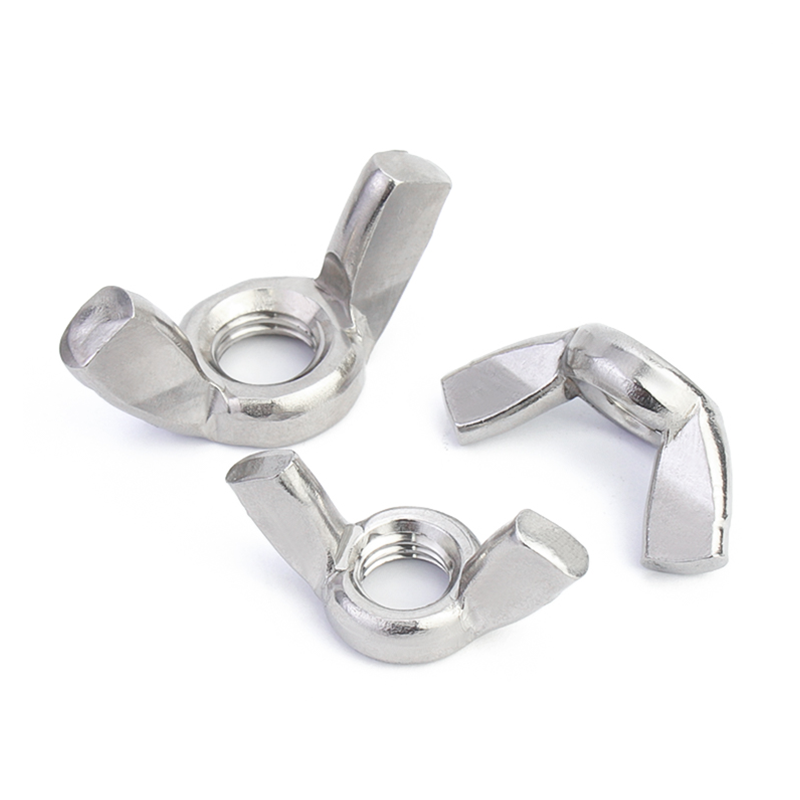

double threaded stud bolts
Dec . 03, 2024 14:23 Back to list
double threaded stud bolts
Understanding Double Threaded Stud Bolts Features and Applications
Double threaded stud bolts are a crucial component in various industrial applications, particularly in construction, automotive, and manufacturing sectors. As the name suggests, these fasteners feature threads on both ends, which allows for enhanced versatility and functionality in multiple settings. This article delves into the features, advantages, and applications of double threaded stud bolts, highlighting their significance in modern engineering.
Features of Double Threaded Stud Bolts
Double threaded stud bolts are characterized primarily by their dual-threaded design. Unlike standard bolts, which typically have threads only on one end, double threaded studs provide the capability to anchor two components simultaneously. This is particularly useful in applications where space is limited, or when securing two parts together is critical for stability.
The length of the threads can vary depending on the specific needs of the application, and the materials used often include high-strength steel, stainless steel, or other alloys, making them suitable for a range of environmental conditions. The choice of material influences factors such as tensile strength, corrosion resistance, and overall durability—essential properties for any fastening device.
Advantages of Double Threaded Stud Bolts
The design of double threaded stud bolts offers several advantages over traditional fastening methods. First and foremost, they allow for ease of installation and removal. Since both ends of the stud are threaded, it simplifies the assembly process, enabling quicker fastening and unfastening of components. This feature is particularly beneficial in industries where time efficiency is critical.
Moreover, double threaded stud bolts can accommodate the use of nut systems on both ends. This capability ensures a secure and stable connection, which is especially important in high-stress environments. The ability to interchange nuts or washers on either side of the stud also enhances the adaptability of these fasteners in various applications.
double threaded stud bolts

Another notable advantage is the reduced risk of loosening over time. The symmetrical design of double threaded studs leads to more uniform distribution of stress, which minimizes the likelihood of bolts loosening due to vibrations or heavy loads. This reliability is essential in applications that require fixed and steadfast connections.
Applications of Double Threaded Stud Bolts
Double threaded stud bolts find their use in a wide array of applications across different industries. In the construction sector, they are commonly utilized in securing structural components, including beams and columns. Their robust design makes them ideal for providing additional strength in areas that are subjected to heavy loads.
In the automotive industry, double threaded stud bolts are frequently employed in engine assemblies and other critical parts where precise alignment is crucial. They play a vital role in ensuring that components remain secure, thereby enhancing the overall performance and safety of vehicles.
Manufacturing environments also benefit from double threaded studs, where machinery and equipment require reliable fastening solutions. The versatility of these fasteners allows for use in both static and dynamic applications, thereby increasing operational efficiency.
Conclusion
In summary, double threaded stud bolts represent an essential element in various industrial applications, providing unique advantages in versatility, strength, and reliability. Their ability to secure two components simultaneously makes them a valuable choice for engineers and designers seeking effective fastening solutions. As industries continue to evolve and demand higher performance from their materials, double threaded stud bolts will undoubtedly remain a staple in the fastener market, contributing to the safety and efficiency of numerous applications.
Latest news
-
Hot Dip Galvanized Bolts-About LongZe|High Strength, Corrosion Resistance
NewsJul.30,2025
-
High-Strength Hot Dip Galvanized Bolts - Hebei Longze | Corrosion Resistance, Customization
NewsJul.30,2025
-
Hot Dip Galvanized Bolts-Hebei Longze|Corrosion Resistance&High Strength
NewsJul.30,2025
-
High-Strength Hot-Dip Galvanized Bolts-Hebei Longze|Corrosion Resistance&High Strength
NewsJul.30,2025
-
Hot Dip Galvanized Bolts-Hebei Longze|Corrosion Resistance&High Strength
NewsJul.30,2025
-
Hot Dip Galvanized Bolts - Hebei Longze | Corrosion Resistance, High Strength
NewsJul.30,2025

